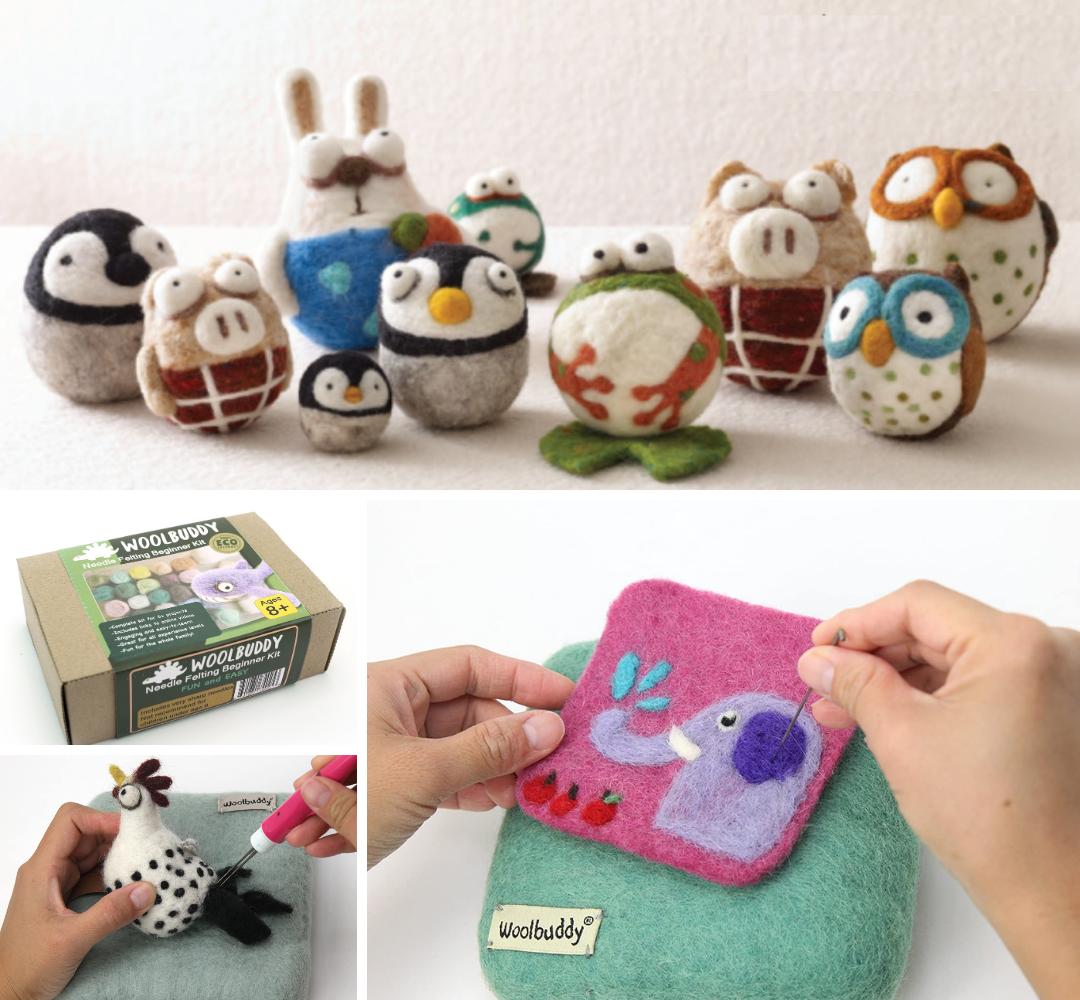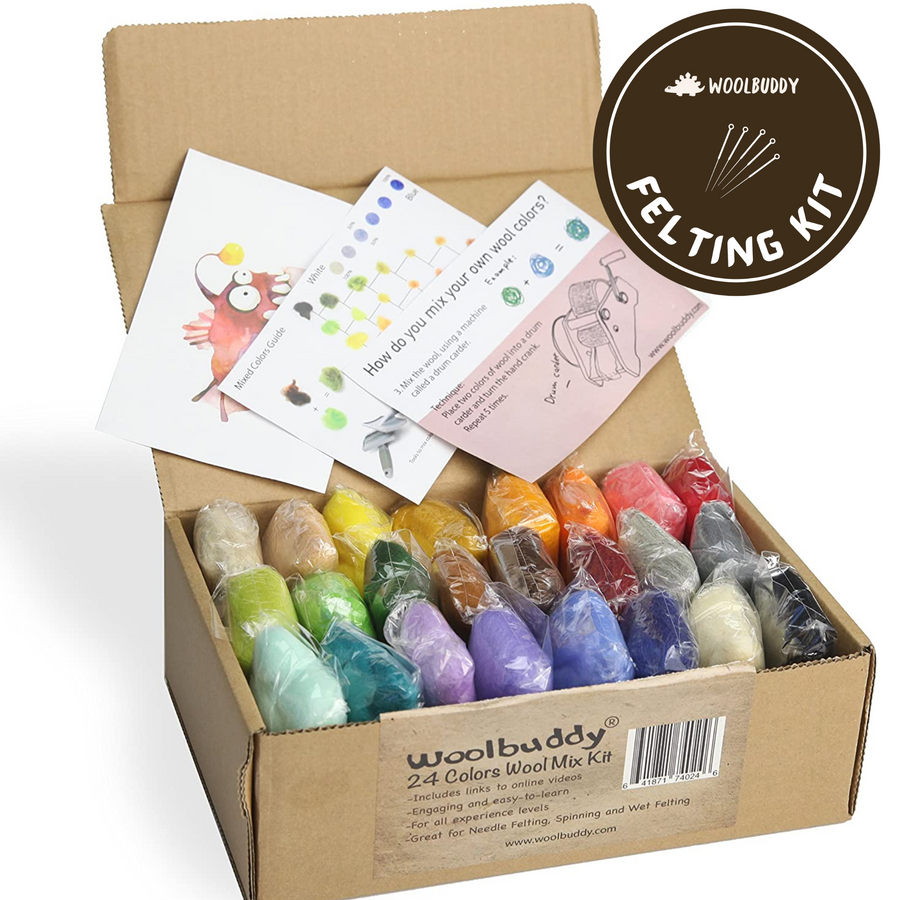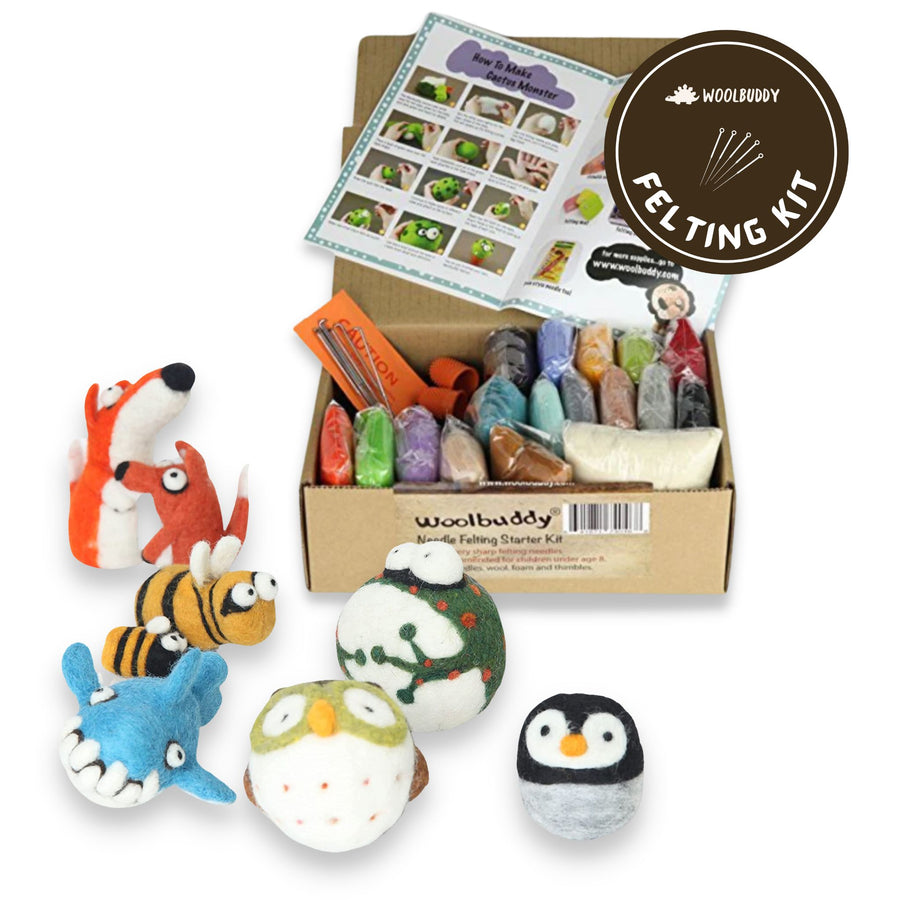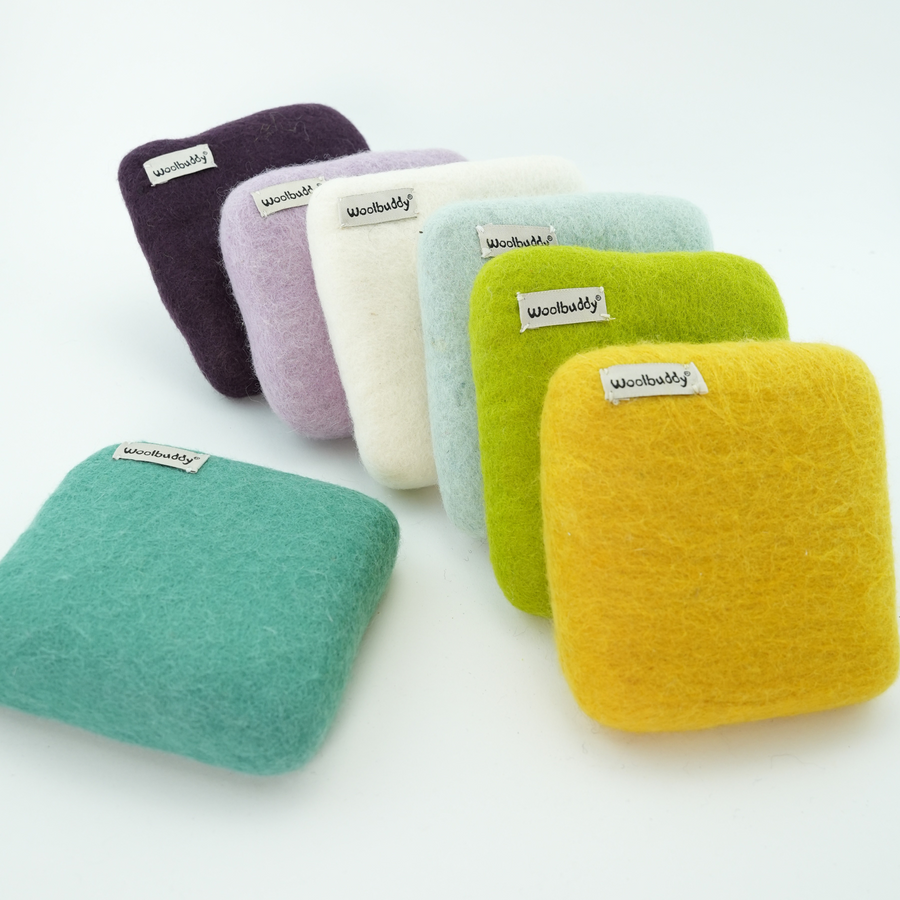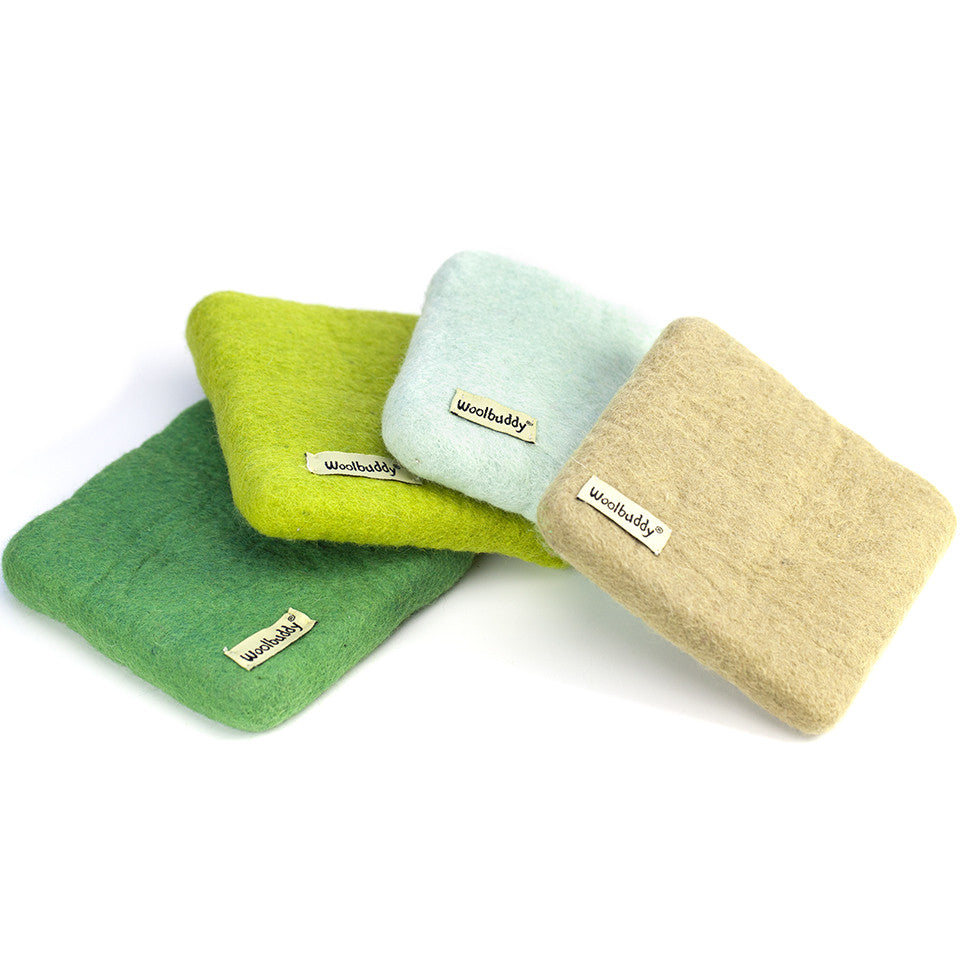Mastering the Art of Needle Felting: Techniques Every Crafter Should Know

Needle felting is a rewarding and versatile craft that allows crafters to transform simple wool fibers into intricate, one-of-a-kind creations. Whether you're crafting realistic animals, whimsical characters, or abstract art pieces, mastering needle felting techniques is essential for creating detailed, polished, and professional-looking projects.
Essential Tools and Materials for Needle Felting
Before diving into needle felting techniques, it's important to familiarize yourself with the essential tools and materials. These foundational elements can make or break the success of your project.
Choosing the Right Wool Roving for Your Projects
Wool is the heart and soul of needle felting. Different types of wool roving have varying textures and felting properties, making the selection process crucial.
-
Merino Wool: Known for its softness, Merino is ideal for projects requiring a smooth finish. It's excellent for creating figurines or decorative items with fine details.
-
Core Wool: This coarser, less refined wool is perfect for building the base or inner structure of your projects. Using core wool helps conserve finer wool for surface work.
-
Batts vs. Roving: Batts are loosely carded fibers that work well for large projects while roving (a continuous bundle of combed fibers) is better suited for smaller, detailed items.
Understanding Needle Gauges and Their Uses
Needle felting needles come in various gauges and types, each serving a specific purpose. Using the right needle ensures efficiency and precision in your work.
-
Fine Needles (40-42 gauge): Ideal for delicate work and adding details. Use these for finishing touches or intricate textures.
-
Medium Needles (36-38 gauge): Versatile and commonly used for shaping and firming wool. These are great for general work on most projects.
-
Coarse Needles (32-34 gauge): Best for felting large amounts of wool quickly. These needles are perfect for the initial stages of shaping.
Having a variety of needles on hand allows you to adapt to different parts of the felting process seamlessly.
Techniques for Shaping and Firming Your Felted Creations
One of the most challenging aspects of needle felting is shaping wool into firm, defined forms. Proper technique is key to creating durable, polished pieces.
Building a Solid Foundation
To achieve firm shapes, start with a core wool base. Roll the wool tightly into the desired shape, such as a ball or cylinder, and secure it with a few needle pokes. Then, use a coarse needle to stab the wool evenly, compressing the fibers into a solid form.
-
Tip: Avoid overworking a single area early on, as this can create uneven firmness. Rotate your piece frequently for even shaping.
Layering Wool for Dimension
Adding layers of wool allows you to build texture and depth. Once the core is complete, wrap a layer of finer wool roving over it to create smooth, even surfaces. Use a medium needle to blend the layers seamlessly.
-
Tip: Use light, controlled pokes to avoid distorting the shape as you layer. This method ensures a polished look and reduces visible needle marks.
Creating Symmetry
Symmetry is essential when felting items like animals or human figures. To ensure even proportions, use templates or measure your wool before shaping. For example, when crafting legs or arms, create each piece separately and compare them frequently as you work.
-
Tip: Attach symmetrical parts carefully by lightly stabbing them into place with a fine needle. Firm the connection with additional pokes, blending the seams.
Finishing Touches: Achieving a Smooth and Polished Look
Once the basic shape is complete, the finishing process brings your piece to life. Achieving a smooth, polished look and adding intricate details requires precision and patience.
Tips for Adding Details and Textures to Your Felted Items
Details make all the difference in needle felting. Whether it's a pair of lifelike eyes, textured fur, or intricate patterns, attention to detail elevates your creations.
-
Eyes and Facial Features: Use fine needles and small amounts of wool to sculpt eyes, noses, and mouths. A small ball of black wool works well for eyes, and adding a tiny white dot gives them a realistic sparkle.
-
Fur Texture: To create fur, use a barbed needle to tease out small fibers, making them appear fluffy. For a more structured texture, layer wool in thin strips and felt them in place.
-
Patterns and Markings: When adding patterns, such as stripes or spots, layer contrasting wool onto the surface and stab lightly with a fine needle. This method prevents the colors from blending.
Blending Colors
Blending colors creates a natural, seamless look. To blend, overlap two colors of wool and pull them apart repeatedly until the fibers intermix. Lay the blended wool over your piece and use a medium or fine needle to secure it.
Smoothing the Surface
For a professional finish, ensure the surface of your piece is smooth and free of needle marks. Use a fine needle to gently poke any uneven areas. Alternatively, a felting stone or hand tool can help smooth out larger areas quickly.
Experiment and Perfect Your Needle Felting Techniques
Every crafter develops their unique style and preferences through experimentation. Try these additional tips to refine your skills:
-
Use Reference Photos: Having a clear visual guide helps with proportion and detail accuracy, especially for realistic creations.
-
Practice Different Techniques: Experiment with wet felting or incorporating embellishments like beads or embroidery to expand your repertoire.
-
Invest in Quality Tools: High-quality needles, wool, and mats enhance the felting process and yield better results.
Why Choose Woolbuddy for Your Needle Felting Needs?
As you embark on your needle felting journey, having access to premium materials and expert resources is vital. That's where Woolbuddy comes in. As a family-run, U.S.-based business, Woolbuddy is dedicated to supporting crafters with a wide variety of needle felting supplies, kits, wool, mats, and even pre-made felted animals. Our customer-centric approach ensures you'll find everything you need to bring your creative visions to life.
Explore Woolbuddy's offerings today and discover how our premium-quality products can help you master the art of needle felting.


